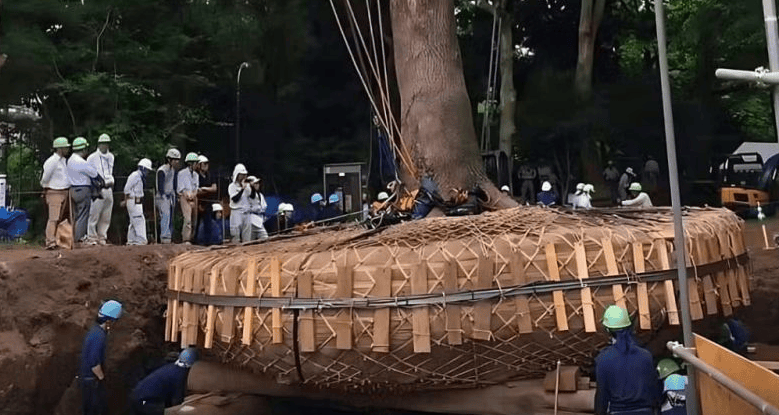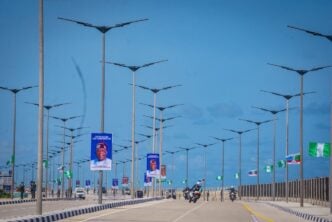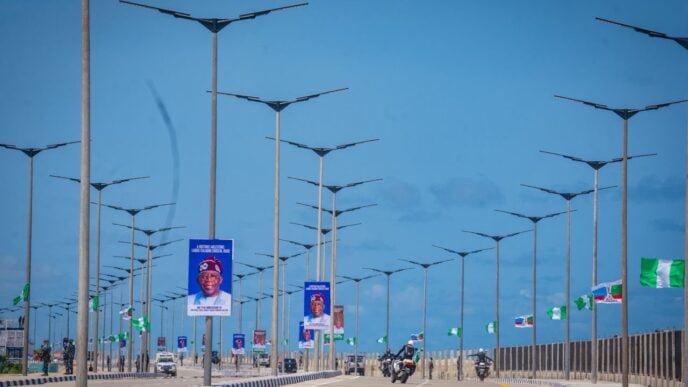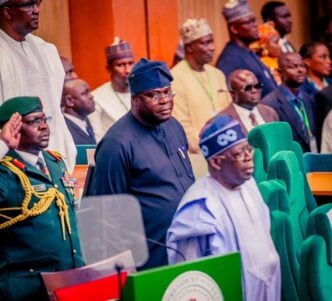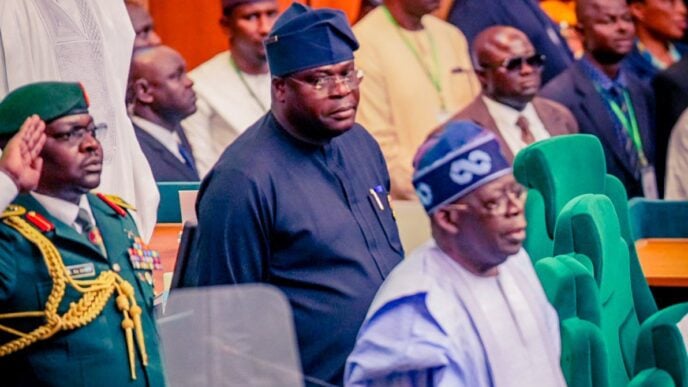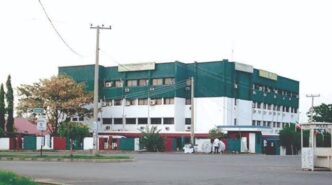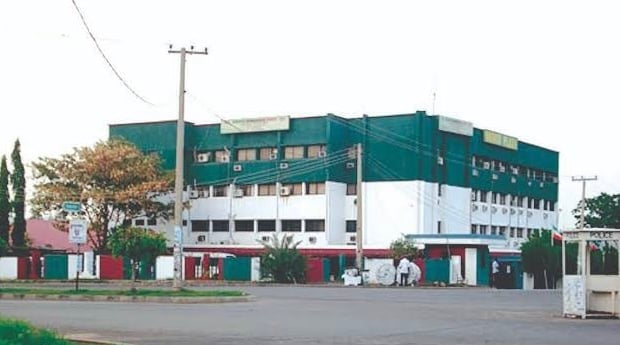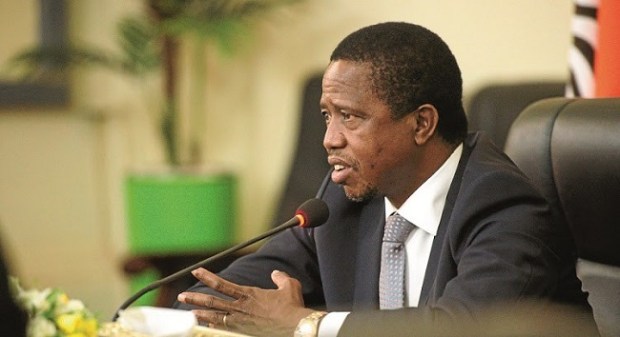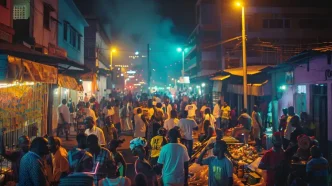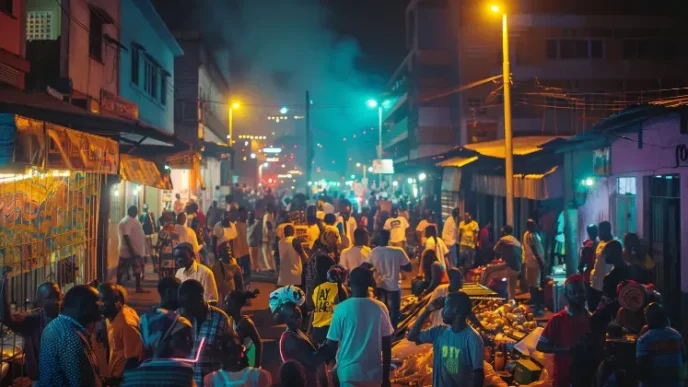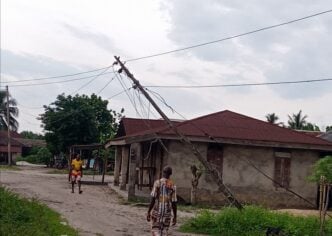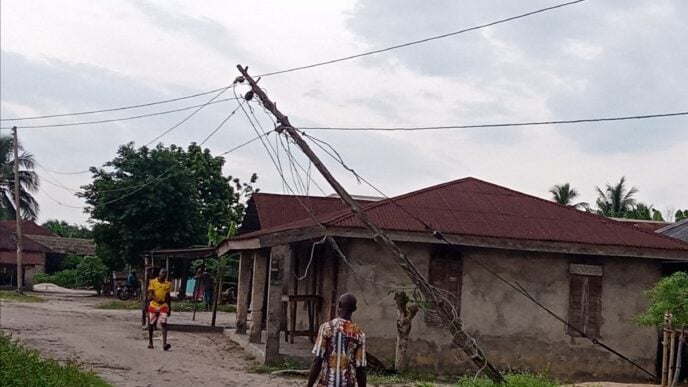BY ADELEKE BANWO
Saving trees benefits the entire community; cutting trees disrupts the natural ecosystem. Although they are essential in sustainable development, the need for them often arises due to urban development, construction projects, farming, and economic purposes. Sometimes, balancing socio-economic justifications for felling trees or forests is intricately complex, depending on the purpose, context and perceptual lens. However, it is inspiring to see the thriving tree relocation entrepreneurial ecosystem in Western countries, a model that Nigeria can learn from and replicate. In developing a robust ecosystem, it is possible to glean lessons from these successes to combat desertification problems and mitigate the impacts of climate change.
In Zhenjiang City, China, I observed how a large, mature tree stood in the path of a new roundabout at the university. Rather than cut it down, engineers carefully dug deep around its roots, wrapped the soil and root ball securely with rope and twine, and hoisted it with a crane onto a flatbed truck after many days. The tree, instead of being lost, was relocated and preserved for future generations.
As the boisterous wind blew, I observed how the massive tree in the compound bowed to the symphony of the wind’s sound in Yola. During the hot seasons in Yola, the huge trees adorning the roadside provided comforting shade and relief from the sun’s rays.
Advertisement
Both experiences reminded me that infrastructure development and environmental stewardship do not have to be mutually exclusive. With proper planning, both can thrive together.
In most developed countries, tree relocation is a thriving social entrepreneurial practice. Advanced equipment, institutional expertise, and regulatory foresight allow for the safe transfer of trees from one site to another during roadwork, housing projects, or public works. This is sustainability in action.
In Nigeria, the idea of relocating trees is not foreign. We see it in select landscaping projects, estates, and eco-parks. However, the practice is not yet widespread, especially in rural or lower-income communities. Often, mature trees are cleared for farming, roads, or housing developments, not out of recklessness but due to the high cost, logistical challenges, and limited access to relocation technology.
Advertisement
However, the ‘Plant a tree’ calls can be modified to ‘relocate a tree.’ Social entrepreneurs, international and local non-governmental organisations, and government agencies can tap into this social ecosystem. It is time to explore tree relocation as a viable pillar of sustainable development, one that offers value to all stakeholders involved, including significant economic benefits.
Why Tree Relocation Matters
Tree relocation goes beyond aesthetics. Mature trees offer numerous climate benefits, including preventing soil erosion, supporting biodiversity, and cooling urban environments. When preserved and replanted, they become enduring assets in their new locations, ranging from public parks to university campuses, tourism sites, and communities, as well as redeveloped forest belts. For developers, relocating rather than removing trees can improve environmental compliance, corporate reputation, and even long-term project value. For government agencies, it aligns with climate adaptation goals and sustainable urban planning policies. For communities, it preserves cultural trees and forest landmarks that often hold spiritual and historical meaning, fostering a sense of connection and continuity.
The Challenge and the Opportunity
Advertisement
Relocating large trees indeed requires machinery, expertise, and planning. These may not always be available in rural areas, where priorities may lean toward affordability and speed. However, this limitation should serve as a call to innovate, not to abandon the practice. Imagine a government-backed or NGO-supported initiative where trees from rural development sites are relocated, not felled and sold as timber, but moved to forest reserves, public green spaces, or areas undergoing ecological rehabilitation. Such programs would promote sustainability and equity, ensuring rural communities are not left behind in the environmental equation. Government agencies must play a leading role in promoting and supporting tree relocation through policy changes, financial incentives, and public awareness campaigns.
A Business Model with Environmental Impact
An entrepreneurial model can emerge here. Startups and cooperatives can specialise in relocating trees for estates, municipalities, and universities, offering both ecological and economic value. Local governments can offer incentives or tax rebates to developers who opt for preservation over removal. Academic institutions can develop research and training programs in arboriculture and ecological engineering to support this practice locally. The key is to view tree relocation not as a luxury but as an investment in sustainable development that returns value over time in terms of improved air quality, increased shade, enhanced biodiversity, increased tourism, and enhanced public goodwill.
The conversation must shift from whether we can afford to relocate trees to how we can make it feasible, scalable, and inclusive. We need to expand the advocacy from planting to relocating grown trees. We can build roads and save trees. We can construct homes and preserve heritage landscapes. We can develop smart cities and replant smart forests. They should not be seen as obstacles to be cleared but as assets to be preserved for our collective future.
Advertisement
Dr. Banwo is a faculty member at the American University of Nigeria. He is recognised for his immersive research in organisational and environmental behaviour, ecopreneurship, learning-by-doing models, and extensive experience in corporate strategy, capacity building, international education, project management, and business consulting.
Advertisement
Views expressed by contributors are strictly personal and not of TheCable.
